


|
 |
| urban landcapes |
staten island ferry |

|
 |
| europe | childhood memories |

|
 |
| grandma | san francisco chinatown |

|
 |
| workers | other work |
|
grandma Chan Soo Look is my wife’s grandmother. Born in Zhongshan, China in 1903, she came from poor parents who sold her into concubinage when she was 18 years old. As a concubine, she enjoyed a life of privilege as the fourth wife of a well-to-do businessman. That privileged life lasted until the Communists came into power in 1949. In 1970, at the age of 67, Chan Soo was brought to the United States by her eldest daughter. I met her in 1988, and she became family when I married her granddaughter in 1991. I call her “Pawh-Pawh,” Cantonese for “grandmother.” During family visits I would notice her surroundings and her personal objects that make up the household. My experience in her home has been akin to the idea of what some scholars call “auto-topography”: how the material objects with which people surround themselves articulate something of their lives and personalities. Pawh-Pawh’s belongings –mementos, clothing worn soft, a battered mop, chipped teacups - suggest the value of the old, the used, and the imperfect. Entering her world betrays a dramatic contrast to the values of contemporary society, which insists on the young, the new, and the perfect. I do not presume to translate her experiences, but I can take the viewer into her home and allow her possessions to reveal fragmented parts of her story. They, too, will preserve the mystery of her life, so that we might ponder what this 98-year-old immigrant woman contemplates as she sits at her altar with her offerings of fruit, flowers, and incense. For me, she is not only a grandmother, but also a figure of continuity, the living origin of a family story. Epilogue: Pawh-Pawh passed away in December of 2001 at the age of ninety-nine, and left behind five generations.
|
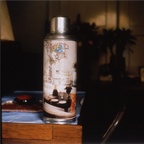 |
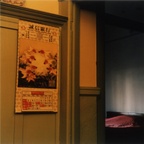
|
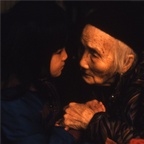 |

|
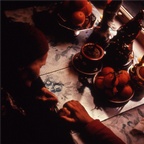
|
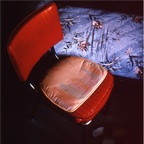 |
 |
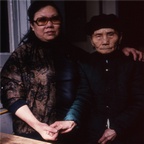 |
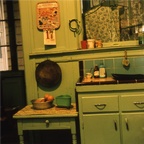 |
 |
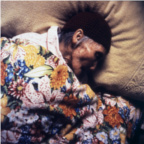 |
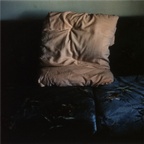 |
 |
